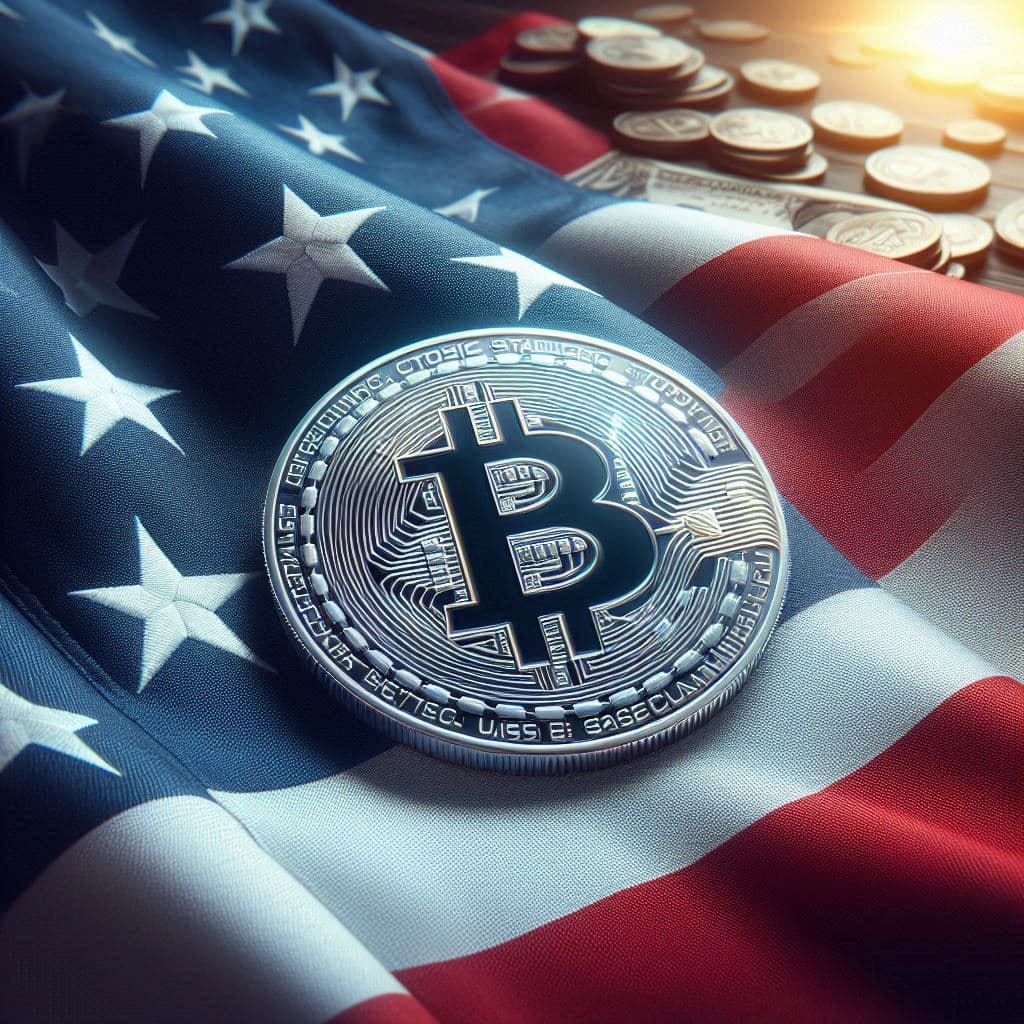Beneath the Surface
Harry Dent: The Bubble That Just Keeps Going: Is AMD the Last Blow-Off?
November 3, 2025 • 2 minute, 56 second read

“A bubble is a bull market in which you don’t have a position.”
-Eddy Elfenbein
November 3, 2025 — There has simply never been a bubble like this one. Now it’s over 16.5 years, 5.0 – 5.5 is the typical bubble before it hits extremes that aren’t sustainable.
The last 5.5 years since COVID would qualify as a bubble on its own, but the performance all the way back to early 2009 is more bubbly than normal very good times like 1950-65.
Hence, to me this is the first 16.5-year bubble and still rising… surely it can’t go much more!
And major stock tops typically come in the fall of odd years, with only the early 2000 top as an exception, especially in September/October: like NOW!
Investors still playing this should have a quick trigger, as bubbles always burst twice as fast as they build.
We have seen one index, sector or leading stock after the next go up and make dramatic new highs.
The latest one is AMD.
This leading AI stock is following Nvidia, making a dramatic last run straight up and will hit a top trend line around $275 as this chart shows. It’s already hit $243 last Monday.

Hopefully, AMD is the final blow-off, especially if it hits its top trend-line just ahead around $275.
Damn this bubble! Investors are so spoiled now it’s hard for them to see any substantial downside to be afraid of. Governments and central banks seem to have finally tamed “The Shrew.” I still think not, but… damn!
Harry
Harry Dent & Grey Swan Investment Fraternity
P.S. from Addison: This short piece is classic Harry – straight to the point, pulls no punches, and calls out bubble behavior to a T. We first met Harry way back… while doing research for Financial Reckoning Day after the collapse of the tech bubble.
Harry is a notable authority on demographic trends and had just published a book called The Roaring 2000s, in which he examined the investing trends of the baby boomers and how they were likely to impact the stock market indexes. As the stock market had just sustained a severe correction following the tech wreck, his forecast that the Dow and S&P 500 were about to embark on a multi-year bull market seemed outrageous.
In October of 1999, when Harry’s book hit the shelves, the Dow had yet to correct and was trading around 11,000. The Roaring 2000s then made the case that baby boomers preparing for retirement would drive the index above 35,000 within the decade.
In the throes of the tech bust, the forecast seemed improbable.
But today, quite the opposite. In fact, it sounds kind of quaint now, doesn’t it?
The Dow hit a historic 47,835 last Wednesday.
This week on Grey Swan Live!, (Thursday @ 2pm EST/11am PST) Mr. Dent will join us to bring us up to date on his demographic forecast for the next decade. And why he’s decided to “re-enter the public spotlight” with a forecast on the impact of the AI bubble and employment trends for the next generation.
We’ll also take a peek behind the scenes of the presentation Harry and Grey Swan alum Adam O’Dell will be releasing this Wednesday. They are forecasting that today’s tech bubble will end up much like the dotcom bubble… and will be digging into how, when and why.
If you’d like, you can drop your most pressing questions right here: Feedback@GreySwanFraternity.



